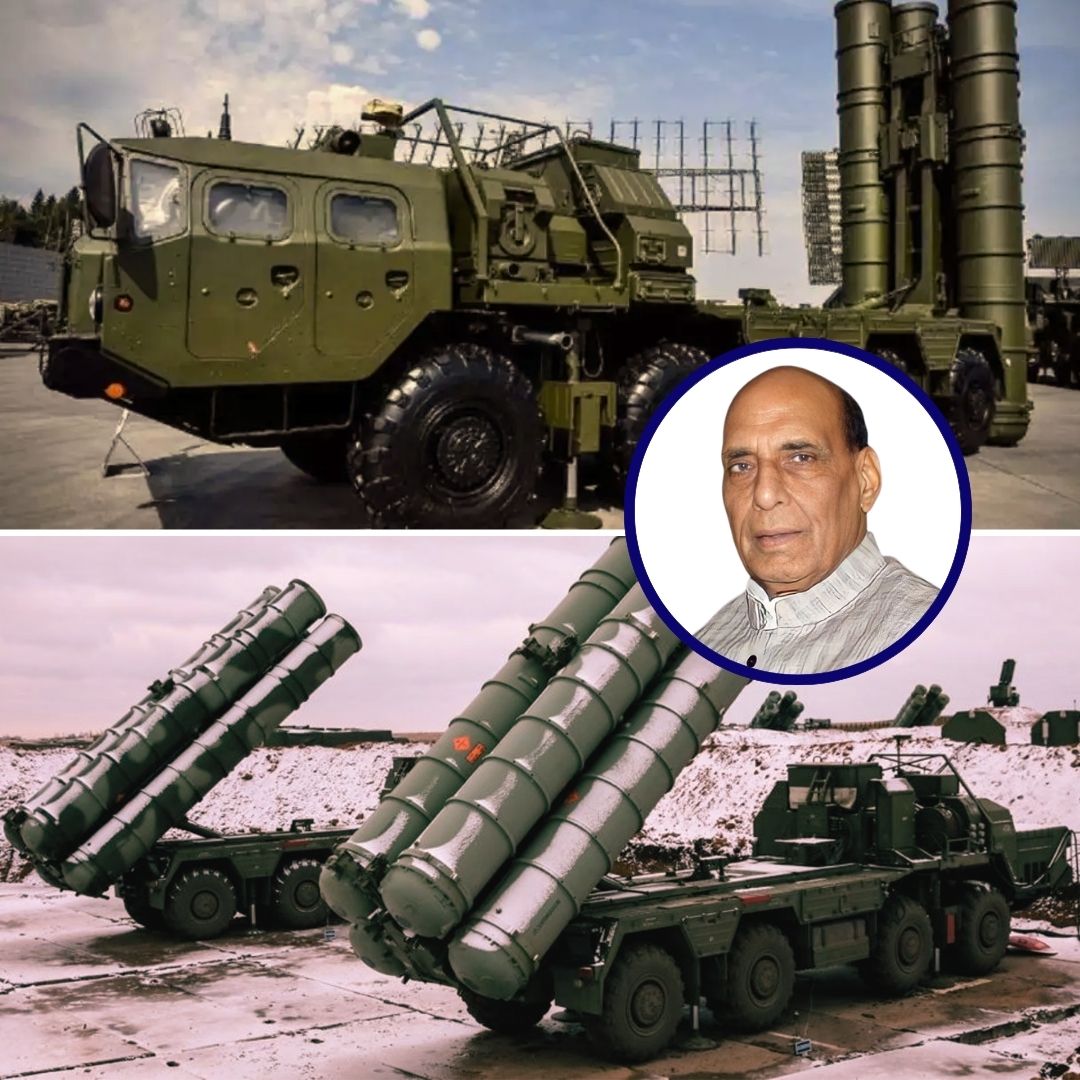On the night of May 7–8, 2025, India’s Air Force successfully deployed its advanced S-400 Sudarshan Chakra air defence missile system to intercept and neutralise a coordinated aerial assault by Pakistan involving multiple drones and missiles targeting 15 military and civilian installations across northern and western India. Key locations under threat included Srinagar, Jammu, Amritsar, and Bhuj.
Indian Defence Ministry officials confirmed that the attacks caused no damage, with debris recovered from various sites serving as evidence of the failed Pakistani offensive. In response, India launched retaliatory strikes targeting Pakistani air defence installations near Lahore.
Pakistan condemned India’s actions as “acts of war,” claiming to have downed 25 Indian drones in counterattacks. These developments follow India’s recent Operation Sindoor, a series of precision strikes against terrorist infrastructure in Pakistan, further escalating tensions along the Line of Control (LoC) and impacting civilian life and regional stability.
Sudarshan Chakra: India’s Cutting-Edge Shield Against Aerial Threats
The S-400, known as Sudarshan Chakra in Indian service, is among the world’s most sophisticated long-range air defence systems, procured from Russia in a deal worth approximately Rs 35,000 crore in 2018. Equipped with multi-band phased array radars, the system offers 360-degree coverage, capable of detecting and tracking up to 300 targets simultaneously at ranges extending up to 600 kilometres.
Each squadron comprises two batteries, each with six launchers, and can deploy up to 128 missiles per battery, including interceptors designed to engage stealth aircraft, drones, cruise missiles, and ballistic missiles. Defence officials lauded the system’s precision and resilience, noting that the Sudarshan Chakra played a pivotal role in neutralising the Pakistani drone and missile barrage aimed at critical military infrastructure.
The Ministry of Defence released images of missile debris recovered from several sites, underscoring the system’s effectiveness in safeguarding India’s airspace during this high-stakes confrontation.
Escalating Conflict: Background and Regional Impact
This latest aerial confrontation is rooted in a series of escalating incidents along the India-Pakistan border. On April 22, a terrorist attack in Pahalgam, Jammu and Kashmir, claimed the lives of 26 civilians, including tourists, prompting India to launch Operation Sindoor – precision missile and air strikes targeting nine terrorist camps and infrastructure sites inside Pakistan.
Pakistan vehemently denied any involvement in the Pahalgam attack and condemned India’s retaliatory strikes as unprovoked aggression. The recent drone and missile attacks by Pakistan represent a significant escalation, targeting both military and civilian sites.
The conflict has caused civilian casualties and displacement near the LoC, forced the closure of key airports in Pakistan, suspended cross-border trade, and led to diplomatic expulsions on both sides. Further complicating the crisis, Pakistan accused India of violating water-sharing agreements by releasing excess water into the Chenab River, labelling the move an “act of war.”
These developments highlight the fragile and volatile security environment in the region, with both nations locked in a cycle of action and counteraction.
The Logical Indian’s Perspective
While India’s adept use of the S-400 Sudarshan Chakra system demonstrates commendable vigilance and preparedness in defending national sovereignty, The Logical Indian advocates for a sustained commitment to peace, empathy, and dialogue between India and Pakistan.
Military strength and technological superiority must not overshadow the urgent need for diplomatic engagement to break the cycle of violence that has long plagued the region. The human cost – reflected in civilian casualties, displacement, and disrupted lives – demands that both countries prioritise coexistence and mutual respect over retaliation.
As tensions continue to simmer, we ask our readers: What concrete steps can India and Pakistan take to move beyond hostility and build a future rooted in peace and harmony? We encourage thoughtful discussion and invite you to share your perspectives on fostering lasting peace in South Asia.
India Pakistan News: India Uses S-400 Missile Defence System To Counter Pak Attack #DNAVideos | #India | #Pakistan | #OperationSindoor | #IndiaPakistanWar | #IndianArmy | #S400 | #SudarshanChakra
— DNA (@dna) May 8, 2025
For more videos, click here https://t.co/6ddeGFqedQ pic.twitter.com/QZ1Er9Kvib











